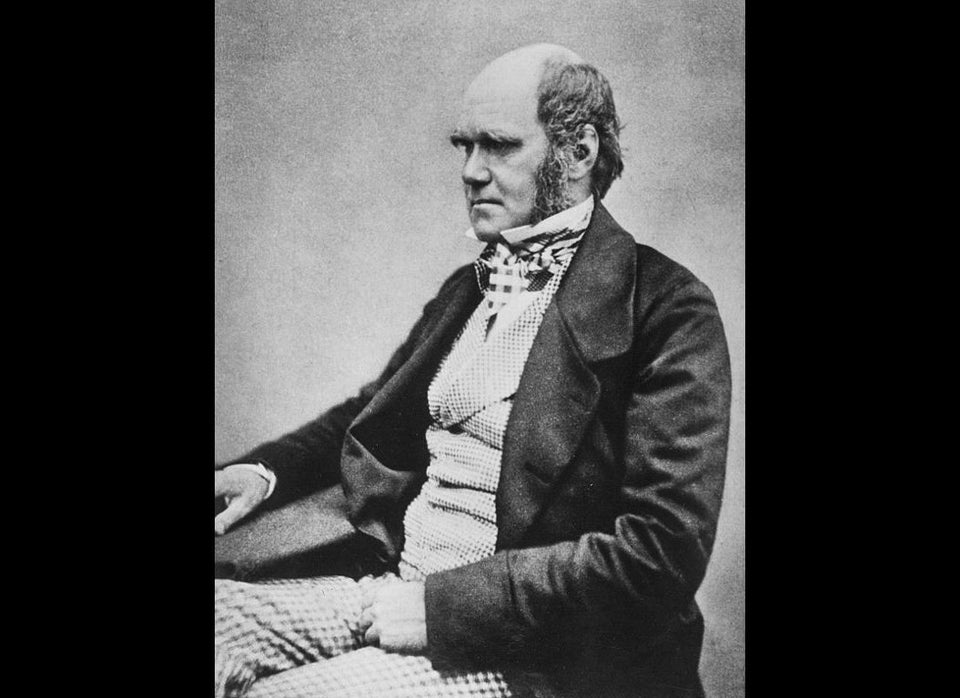You don't have to be a molecular biologist to know that deoxyribonucleic acid (DNA) has a "double helix" structure. But if you think the molecule of life is nothing more than the "two helical chains each coiled round the same axis" outlined by Watson and Crick in their classic 1953 paper, think again.
Scientists now know that DNA molecules twist repeatedly upon themselves to form tightly wound supercoils, and new research on DNA "minicircles" by scientists in the U.S. and Europe shows that DNA is constantly wiggling and morphing into a menagerie of different shapes.
"Some of the circles had sharp bends, some were figure-8s, and others looked like handcuffs or racquets or even sewing needles," Dr. Rossitza N. Irobalieva, formerly of Baylor College of Medicine in Houston and a co-author of a paper describing the research, said in a written statement. "Some looked like rods because they were so coiled."
(Story continues below gif.)

The finding represents more than a scientific curiosity. Scientists say it could pave the way to better medicines, including ones for treating cancer and bacterial infections.
"Since some anti-cancer therapies bind to the DNA itself, and some antibiotics target the enzymes that specifically recognize supercoiled DNA in bacteria, we hope that our research will improve the molecular design of drugs right from the very beginning of the process," Dr. Sarah A. Harris, a theoretical physicist at the University of Leeds in England and a co-author of the paper, told The Huffington Post in an email
How were the researchers able to arrive at this incredible new picture of DNA? First, scientists at Baylor made little circles of DNA and then used a microscopy technique known as cryo-electron tomography to create detailed images of them. Then scientists at Leeds University used a supercomputer to simulate how the molecules moved and what shapes they assumed.
The paper, entitled The Structural Diversity of Supercoiled DNA, was published online in the journal Nature Communications on Oct. 12, 2015.

